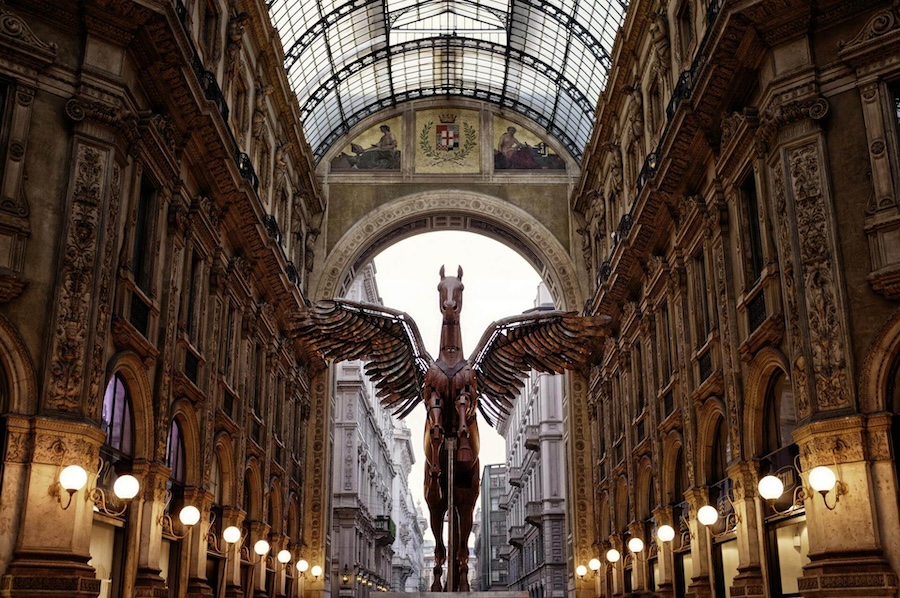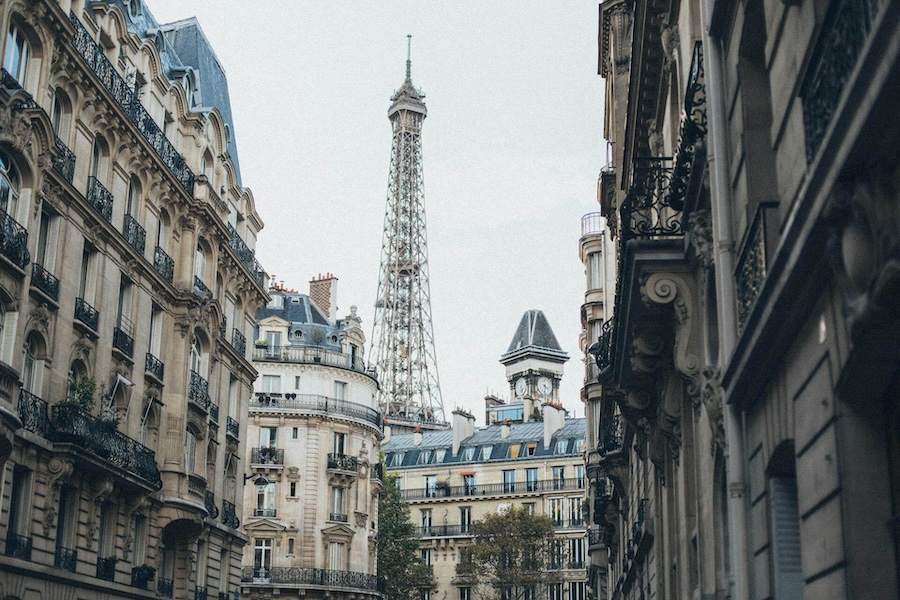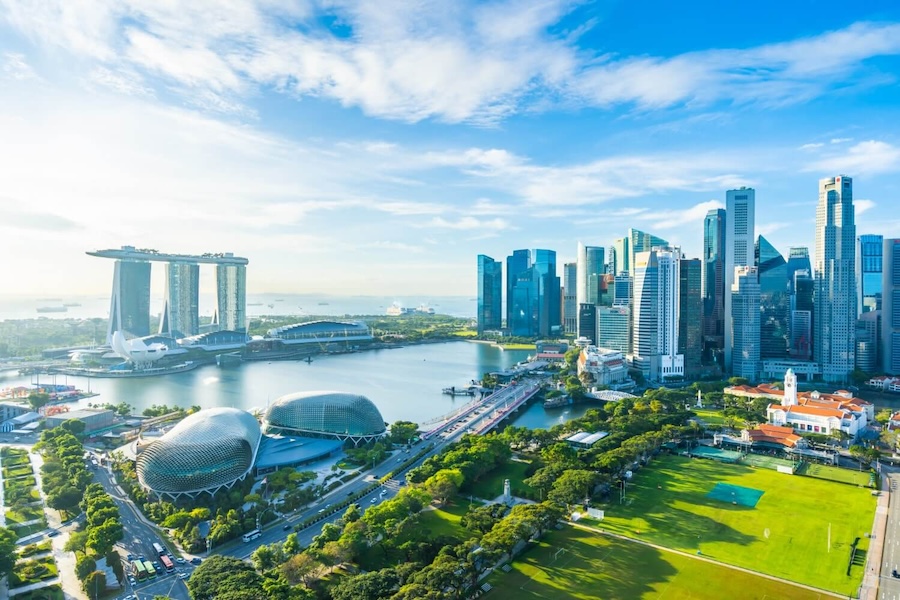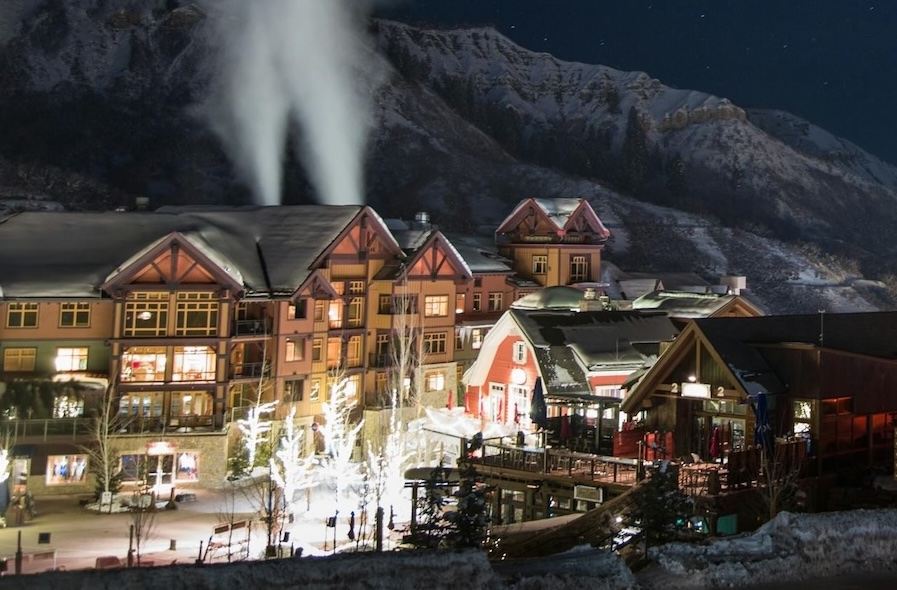· best neighborhoods · 6 min read
Milano, A Journey Through Fashion, Design, and History
Explore Milan's most captivating neighborhoods, where fashion meets art, design blends with history, and the essence of Italian culture comes alive in the streets of this vibrant city.

Milan, Italy’s fashion and design capital, is a city that seamlessly weaves together its rich historical heritage with contemporary innovation. From the grandeur of ancient architecture to the cutting-edge of modern style, Milan’s neighborhoods each offer a unique glimpse into the soul of this dynamic metropolis. Join us as we embark on a journey through Milan’s most enchanting districts, uncovering the charm, elegance, and cultural richness that define them.
Brera: The Artistic Heart of Milan
A Bohemian Oasis
Nestled in the city center, Brera is known as Milan’s artistic quarter. Its cobblestone streets are lined with historic buildings, art galleries, and quaint cafes. The neighborhood exudes a bohemian atmosphere that has attracted artists, writers, and intellectuals for centuries.
Cultural Treasures
At the heart of Brera lies the Pinacoteca di Brera, one of Italy’s most important art galleries, housing masterpieces by artists such as Caravaggio, Raphael, and Titian. The adjacent Brera Academy of Fine Arts continues to nurture new generations of artists, maintaining the neighborhood’s creative legacy.
Gastronomy and Nightlife
Brera’s vibrant nightlife features an array of chic bars and restaurants. From traditional Italian trattorias to trendy cocktail lounges, the neighborhood offers a culinary experience that satisfies both the palate and the soul.
Quadrilatero della Moda: The Fashion Quadrangle
The Epicenter of High Fashion
Known as the Quadrilatero della Moda or Fashion Quadrangle, this district is bounded by four prestigious streets: Via Monte Napoleone, Via della Spiga, Via Sant’Andrea, and Via Manzoni. It is the beating heart of Milan’s fashion industry, hosting flagship stores of luxury brands like Prada, Gucci, Versace, and Armani.
Architectural Elegance
Beyond the opulent storefronts, the district boasts stunning neoclassical and Art Nouveau architecture. The elegant facades and meticulously designed window displays create an atmosphere of sophistication and glamour.
Exclusive Experiences
For those seeking bespoke fashion experiences, the Quadrilatero offers personalized shopping services, private showrooms, and exclusive events during Milan Fashion Week, solidifying its status as a global fashion capital.
Navigli: The Canals of Milan
Historical Waterways
The Navigli district is characterized by its historic canals, designed by none other than Leonardo da Vinci. Once vital for trade and transportation, these waterways now provide a picturesque backdrop for one of Milan’s most lively neighborhoods.
Artistic Vibes and Nightlife
Navigli has become a hub for artists and creatives, with numerous galleries, vintage shops, and artisan workshops. The area comes alive in the evening, as the canal-side promenades fill with people enjoying the vibrant bars, restaurants, and live music venues.
The Antique Market
Every last Sunday of the month, the Naviglio Grande hosts a renowned antique market, featuring over 400 stalls selling collectibles, furniture, books, and art. It’s a treasure trove for antique enthusiasts and a delightful way to experience the neighborhood’s eclectic charm.
Porta Nuova: The Modern Skyline
A Symbol of Innovation
Porta Nuova represents Milan’s leap into the future. This revitalized district showcases cutting-edge architecture and sustainable design, reshaping the city’s skyline with towering skyscrapers and green spaces.
Architectural Highlights
- Bosco Verticale (Vertical Forest): These residential towers are adorned with over 900 trees and 20,000 plants, creating a vertical forest that improves air quality and offers a unique living environment.
- Piazza Gae Aulenti: A modern plaza surrounded by sleek buildings like the Unicredit Tower, Italy’s tallest skyscraper, and featuring interactive fountains and public art installations.
Cultural and Social Hub
Porta Nuova isn’t just about business; it’s a vibrant social center with upscale shopping, dining, and entertainment options. The district hosts cultural events, exhibitions, and festivals, reflecting Milan’s commitment to innovation and community engagement.
Isola: The Trendy Enclave
Urban Transformation
Adjacent to Porta Nuova, Isola has transformed from an isolated working-class neighborhood into one of Milan’s trendiest areas. Its name, meaning “island,” reflects its historical separation from the rest of the city, a barrier now bridged through urban development.
Creative Scene
Isola thrives on creativity, with independent boutiques, artisan workshops, and avant-garde galleries. Street art adorns the walls, and the area’s alternative vibe attracts a younger, artistic crowd.
Culinary Diversity
The neighborhood offers a diverse culinary scene, from traditional Italian eateries to international cuisine, reflecting the cosmopolitan nature of modern Milan.
CityLife: Sustainable Urban Living
A New Urban District
CityLife is one of Europe’s largest urban redevelopment projects, transforming the former trade fair grounds into a futuristic district emphasizing sustainability, green spaces, and innovative design.
Architectural Marvels
- The Three Towers: Designed by internationally acclaimed architects Zaha Hadid, Arata Isozaki, and Daniel Libeskind, these skyscrapers symbolize Milan’s architectural ambition.
- CityLife Shopping District: A modern retail space offering luxury shopping, dining, and entertainment, set within a pedestrian-friendly environment.
Parks and Recreation
With over 170,000 square meters of parks, CityLife provides ample green spaces for relaxation and recreation, embodying a vision of harmonious urban living.
Porta Romana: A Blend of Old and New
Historical Significance
Named after the ancient gate that once led to Rome, Porta Romana is rich in history. The area features historic buildings, traditional Milanese courtyards, and the Terme di Milano, a spa built within a historic tram depot.
Cultural Attractions
Porta Romana is home to theaters like Teatro Franco Parenti and art spaces that contribute to Milan’s cultural landscape. The neighborhood balances tradition with modernity, offering a serene yet dynamic atmosphere.
Gastronomy and Wine
Food lovers will appreciate Porta Romana’s array of restaurants and wine bars, specializing in regional Italian cuisine and showcasing the diversity of Italy’s culinary heritage.
Corso Como: Fashion, Art, and Nightlife
A Chic Destination
Located near Porta Garibaldi station, Corso Como is a pedestrian street renowned for its fashionable boutiques, art galleries, and vibrant nightlife.
10 Corso Como
The street’s fame is largely attributed to 10 Corso Como, a concept store founded by former fashion editor Carla Sozzani. Combining art, fashion, design, and dining, it epitomizes Milan’s sophisticated style.
Nightlife and Entertainment
As evening falls, Corso Como transforms into one of Milan’s hottest nightlife spots, with trendy clubs and lounges attracting a fashionable crowd.
Sempione: Green Spaces and Cultural Landmarks
Parco Sempione
At the heart of the Sempione district lies Parco Sempione, a sprawling urban park offering a green refuge from the city’s hustle. It’s perfect for leisurely walks, picnics, and cultural exploration.
Architectural Highlights
- Sforza Castle (Castello Sforzesco): A magnificent fortress housing several museums and art collections, including works by Michelangelo and Leonardo da Vinci.
- Arco della Pace (Arch of Peace): A neoclassical triumphal arch marking the park’s entrance, symbolizing peace and unity.
Cultural Institutions
The district is also home to the Triennale di Milano, a museum dedicated to design and contemporary art, hosting exhibitions that highlight Milan’s influence in the global design community.
Conclusion
Milan’s neighborhoods are a reflection of its multifaceted identity—a city where history intertwines with innovation, and culture flourishes alongside commerce. From the artistic alleys of Brera to the futuristic skyline of Porta Nuova, each district offers a unique experience that captures the essence of Milanese life. Whether you’re indulging in world-class fashion, exploring historical landmarks, or savoring culinary delights, Milan invites you to immerse yourself in its rich tapestry of tradition and modernity. As you wander through its streets, you’ll discover that Milan is not just a city to visit but a place to experience, leaving an indelible mark on your soul.


